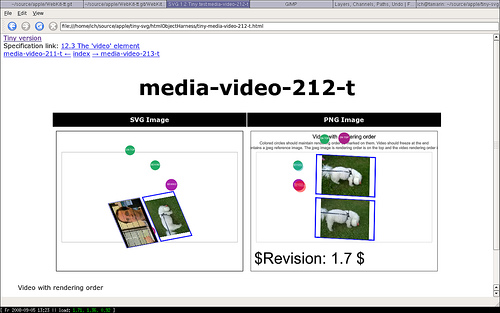What is the size of a QList::Data, RenderObject?
We tend to write classes without really caring about what the compile will do to create the binary file. When looking into performance and specially memory usage and you create certain objects thousands of times it becomes interesting of how much memory one is wasting for padding/no good reason. The Linux kernel hackers wrote a tool called pahole that will analyze the DWARF2 symbols and then spit out friendly messages like the one below. struct Data { class QBasicAtomicInt ref;…

